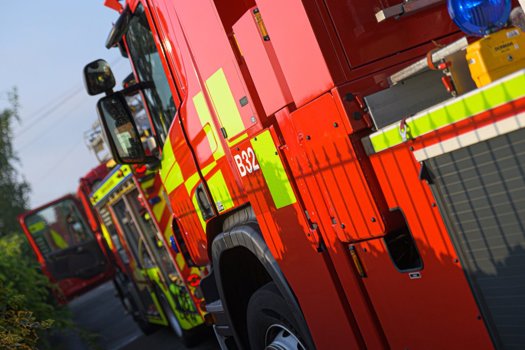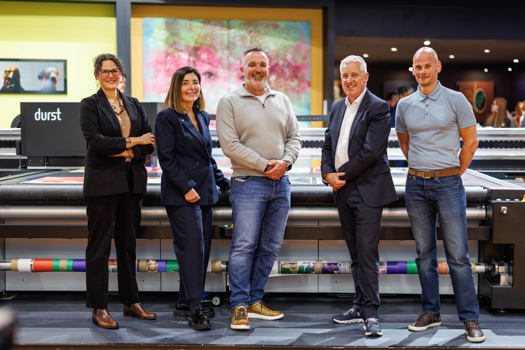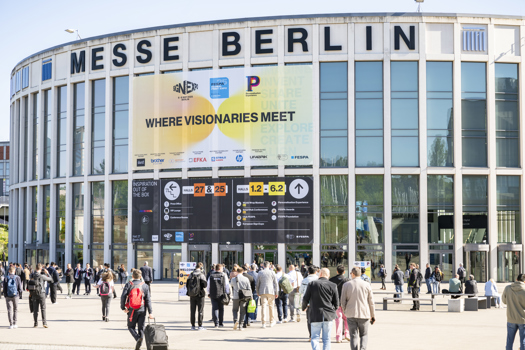Alongside its year-end results, the manufacturer said that with serial production underway, it planned to install at least one Primefire B1 sheetfed inkjet press or Labelfire hybrid label press a month from now on.
It has sufficient Primefire orders to fulfil two-thirds of its sales targets.
The firm stated: “Ink is the gold of digital printing… After four-to-five years the installed base will generate more revenue with ink than with new equipment.”
However, despite the positive comments on future revenue streams, and progress with the firm’s digital transformation, Heidelberg’s share price fell on the results announcement as investors reacted to the group’s comments on the outlook for fiscal year 2018/19, due to what one analyst described as “only moderate growth” in profitability.
Heidelberg’s share price fell from €3.10 to €2.80 in early trading, but then recovered to €2.90 (52-week high: €3.62, low: €2.50).
At a financial briefing to accompany the results, chief executive Rainer Hundsdörfer emphasised that changing a company did not happen overnight, and said that entering new markets and business models would take time to ramp up.
In the year to 31 March net sales slipped 4% to €2.42bn, while incoming orders were effectively static at €2.59bn. EBITDA margin prior to restructuring was maintained at 7.1%.
Net profit after taxes fell from €36m to €14m, in large part due to a €25m one-off hit because of US tax reforms. Heidelberg said that without that charge, net profit after taxes would have been €39m.
The firm also provided an update on the roll-out of its new subscription model, with 17 customers already signed up and a target of 30 for the current financial year. It has identified 600 potential customers for the offering.
Hundsdörfer said: “Both our new subscription model and the new digital presses remain in high demand. Given that this will have a substantial impact on our sales and result from 2019/2020 onward, we can confirm our medium-term targets.”
In addition, chief financial officer Dirk Kaliebe reiterated the group’s plans to make further acquisitions on the back of its new financial framework.
“In the future, too, we will make a point of leveraging the resulting growth potential with acquisitions throughout the entire value-added chain,” Kaliebe said.
The group has also made changes to the new dual-segment structure that came into effect in April 2017.
The Heidelberg Digital Technology (HDT) unit now also includes digital printing and used machinery, as well as sheetfed, postpress and label equipment.
The former Digital Business & Services segment has been renamed Lifecycle Solutions (HDLS). It encompasses Lifecycle Business Management (including consumables and service), software solutions and Heidelberg Platforms.
Heidelberg is on course to complete its ‘Operational Excellence’ plan that involved relocating various functions from the town of Heidelberg to its large manufacturing facility at Wiesloch-Walldorf. R&D will relocate there by the end of the year. It also plans to create a technology campus for high-tech start-up businesses that would benefit from access to prototyping and manufacturing support on the site of halls 43 and 44.
Hundsdörfer joined the group in November 2016. A year ago he set out an ambitious growth plan and has just reiterated the sales and profits targets laid out for 2022, with sales to reach €3bn and a net profit of at least €100m.
Earlier this week Heidelberg launched its first consumer product, the €499 Wallbox charging station for electric and hybrid vehicles. It is targeted at consumers as well as businesses and local authorities and will be on sale via Amazon Germany by the end of the week. The group believes it can create a €50m revenue stream from this and other new business areas, including the acquired Docufy business.










